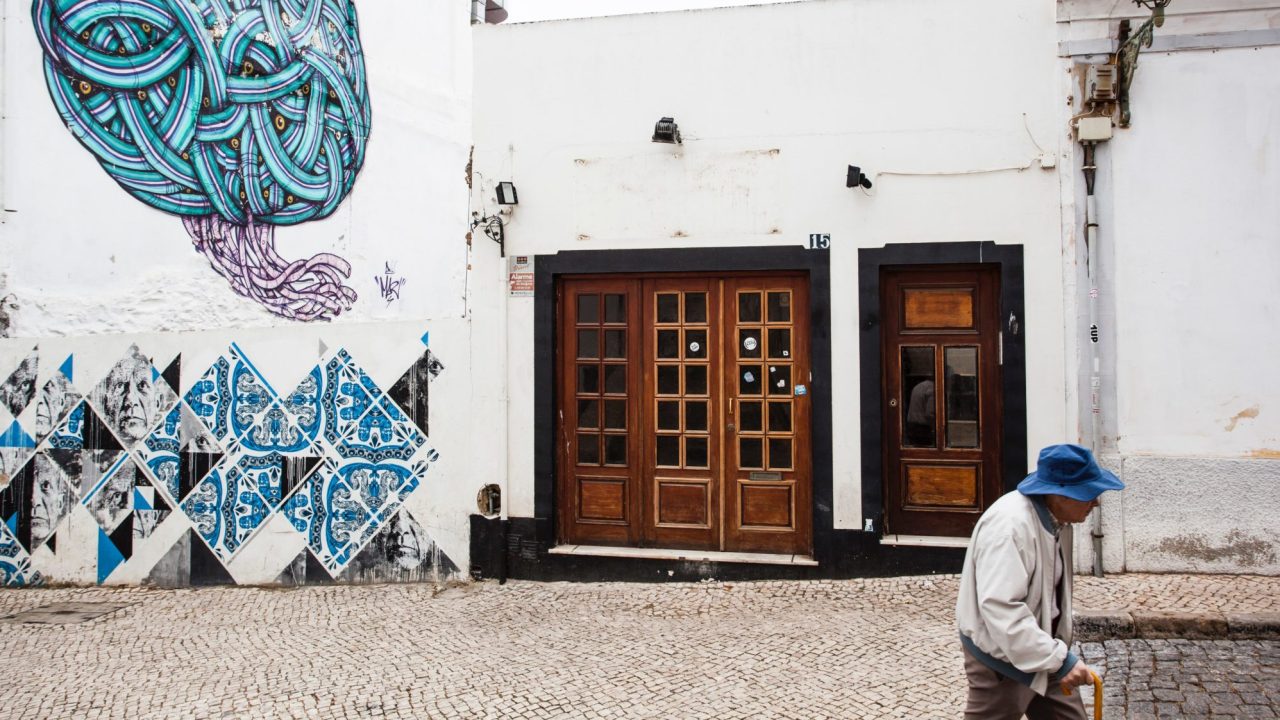
“I consider that [the old] have gone before us along a road we must all travel in our turn, and it is good that we should ask them of the nature of that road.”
–Socrates, The Republic
In an article called “Aging and Learning: The Future University” in the book The Upside of Aging, Steven Knapp, the former president of George Washington University, remarks that today’s culture has seen a “waning appreciation of the intellectual, practical, and even spiritual benefits of aging.” Though he recognizes that “universities are notoriously conservative institutions,” reluctant to make sweeping changes, he argues they have rich opportunity to return us to a time when “such attributes were praised under the rubrics of wisdom and experience.”
In a nation where almost a third of the population is over fifty (and this number is growing), it is imperative to take account of these demographic shifts and explore the promise they have for refreshing and reinvigorating our institutions of learning. In his article, Knapp offers a number of practical ways that institutions can do this, and I would like to focus on one in particular that should appeal to museums.
Knapp suggests that older faculty, retired or not, might have opportunities to work as intergenerational mentors working side-by-side with younger staff, as GWU experimented with in a program at its medical school. I see huge opportunity for museums to do something similar, perhaps employing experienced museum professionals through a part-time fellowship program to mentor staff who could benefit greatly from their perspective and experiences. I recall that, when I visited the Chicago Historical Society for accreditation review, the revered Michael Spock held an office as Fellow, serving in a similar capacity while he continued his own research. What a brilliant arrangement that was!
Creating a fellowship program need not be difficult; many retired museum professionals would enjoy having a continued relationship with the field they supported throughout their full-time careers. In the simplest case, the only things required would be an office, a title, and a job description that suits the fellow and the museum. If resources beyond that would be needed, I am confident that individual donors would gladly entertain a proposal that explained how intergenerational partnerships would further the mission of the museum. There are myriad options that would support such a promising idea, including something like the partnership between a private philanthropy (Aroha Philanthropies) and the American Alliance of Museums that has made our creative aging initiative possible.
The impacts of such intergenerational connections are significant. I saw this for myself at the National Museum of New Zealand (Te Papa). When the museum was in its planning stages, it undertook two unusual initiatives: First, it asked the public (which is aging similarly to that of the United States) what it looked forward to in its new national museum. Then, it built a staff that mirrored the demographics of the nation, not only in race and cultures, but also in age. This formula made all the difference, especially when it brought “concept teams” to the table for exhibit development, with each member weighing in with their individual perspective. This balance of perspectives was an essential investment in the end product, the exhibit itself. Throughout the planning, “seniors” were considered a specific and key segment of audience evaluation efforts, and their input led to things like large font and robust visitor services, including places to sit and reflect. These results emerged from a core value recognizing the importance of appealing to generational needs and interests. This demonstrates the promise inherent in Knapp’s thesis.
One area we often see this working already is in museum education and interpretation. Many museums’ interpretive corps include both younger and older staff, and such an intergenerational mix brings a richness to the visitor experience. Younger recruits are often mentored by experienced older interpreters, which can lead to lasting friendship and associations. But one difference between older and younger staff is that older staff are more likely to return year after year to seasonal posts, while younger interpreters understandably are more mobile and likely to move up in the organization or onto other interests.
Knapp is both a university president and a humanities scholar; he appreciates what the combined talents of youth and age can bring to our culture. And if he is experimenting with this in a system rooted in the Middle Ages, there is no reason why we can’t. We in museums can, by comparison, “turn on a dime,” and institute such initiatives practically overnight. Seeing as there is already an initiative employing experienced museum professionals as “interim directors,” it stands to reason we can expand that concept into numerous other areas of the museum enterprise. A little imagination coupled with some impatience over traditional ageist stereotypes can go a long way here.
As one study cited in Mary Baird Carlsen’s Creative Aging: A Meaning-Making Perspective concludes: “Old age is a time for new fulfillments, particularly involving the use and sharing of knowledge and experience that has accumulated over a lifetime.”








